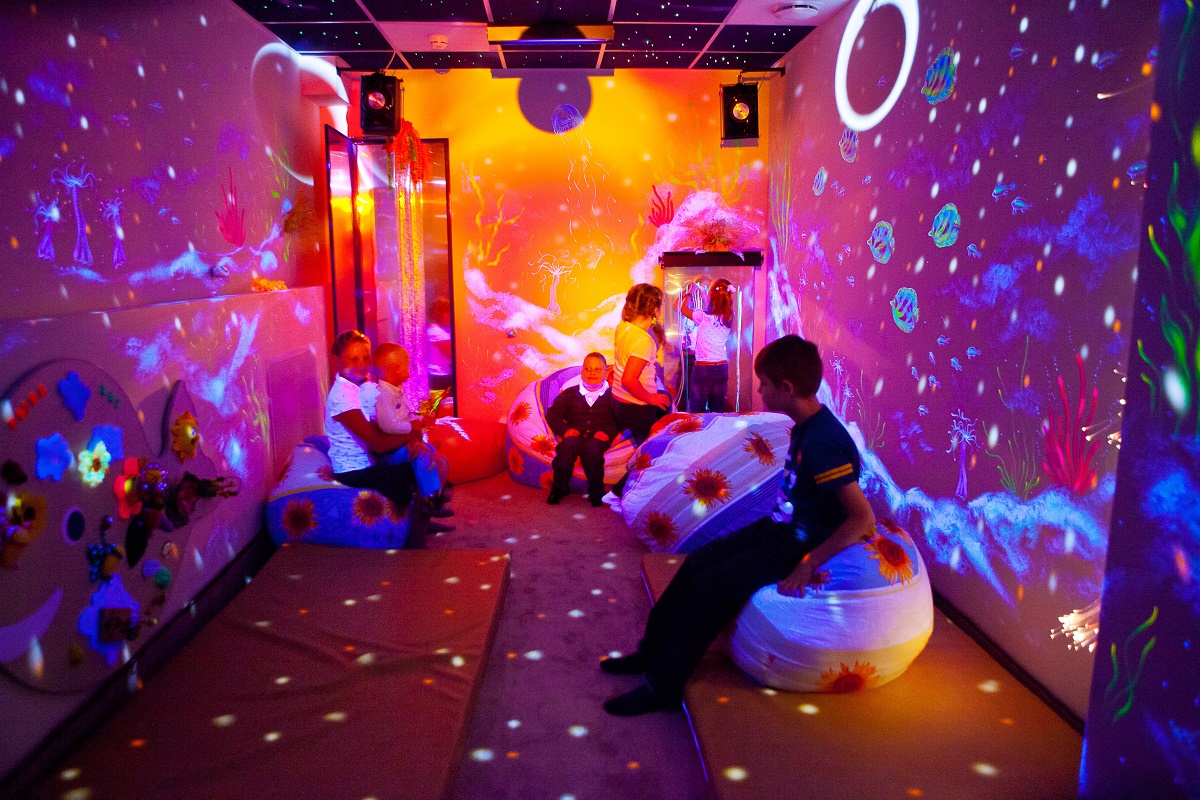Modern computing is electronic, crafted up of two states, on-off or an individual and nil. An analog laptop, like the brain, has several likely states. It is the distinction between flipping a light-weight turn on or off and turning a dimmer change to varying quantities of lights.
Neuromorphic or brain-inspired computing has been researched for more than forty decades, in accordance with Saptarshi Das, the workforce leader and Penn State assistant professor of engineering science and mechanics. What?s new is that because the limits of digital computing are attained, the necessity for high-speed graphic processing, by way of example for self-driving vehicles, has grown. The rise of massive details, which involves sorts of sample recognition for which the brain architecture is particularly like minded, is an additional driver from the pursuit of neuromorphic computing.
Neuromorphic or brain-inspired computing happens to be studied for more than 40 decades, as outlined by Saptarshi Das, the crew leader and Penn scholarly paraphrasing tool Point out assistant professor of engineering science and mechanics. What?s new is the fact that given that the limits of digital computing have actually been attained, the necessity for high-speed picture processing, as an example for self-driving cars and trucks, has grown. The increase of big knowledge, which demands forms of pattern recognition for which the brain architecture is especially compatible, is yet another driver from the pursuit of neuromorphic computing.The shuttling of this details from memory to logic and again again normally requires loads of electrical power and slows the speed of computing. Also, this laptop or computer architecture usually requires a lot of house. If ever the computation and memory storage could possibly be located inside the same exact space, this bottleneck might be eradicated.
?We are constructing artificial neural networks, which seek to emulate the electrical power and space efficiencies belonging to the mind,? described Thomas Schranghamer, a doctoral student inside of the Das team and first creator over a paper a short while ago released in Nature Communications. ?The mind http://writing2.richmond.edu/writing/wweb/english/example1.html is so compact it may well match in addition to your shoulders, whilst a modern supercomputer normally takes up an area the scale of two or three tennis courts.?
Like synapses connecting the neurons on the mind which could be reconfigured, the unreal neural networks the group is setting up can be reconfigured by making use of a short electric powered field to a sheet of graphene, the one-atomic-thick layer of carbon atoms. In such a work they exhibit at the very least sixteen conceivable memory states, in contrast to the 2 for most oxide-based memristors, or memory resistors.The group thinks that ramping up this technologies to the business scale is possible. With a large number of in the greatest semiconductor companies actively pursuing neuromorphic computing, Das thinks they are going to discover this deliver the results of interest.?What now we have demonstrated is usually that we can manage www.paraphrasinguk.com a sizable quantity of memory states with precision working with rather simple graphene subject outcome transistors,? Das explained.
In addition to Das and Schranghamer, the extra writer about the paper, titled ?Graphene Memristive Synapses for top Precision Neuromorphic Computing,? is Aaryan Oberoi, doctoral scholar in engineering science and mechanics.The military Examine Place of work supported this operate. The team has filed for your patent on this creation.









